The sim tree is a common sight in the mountainous and rural regions of Vietnam. When people mention the sim tree, they often think of the delicious and healthy sim fruit wine. The purple sim flowers are also famous, appearing in many well-known songs and poems. Let’s learn more about the meaning, cultivation, and care of the sim tree in the article below.
1 What is the Sim Tree?
Origin and Meaning of the Sim Tree
The sim tree is a woody plant native to South Asia and Southeast Asia. You will find them growing abundantly in mountainous regions. These trees grow wild, forming beautiful bushes when they bloom. They typically grow to a height of around 2 meters, with a thick, short coat of fur on their trunks.
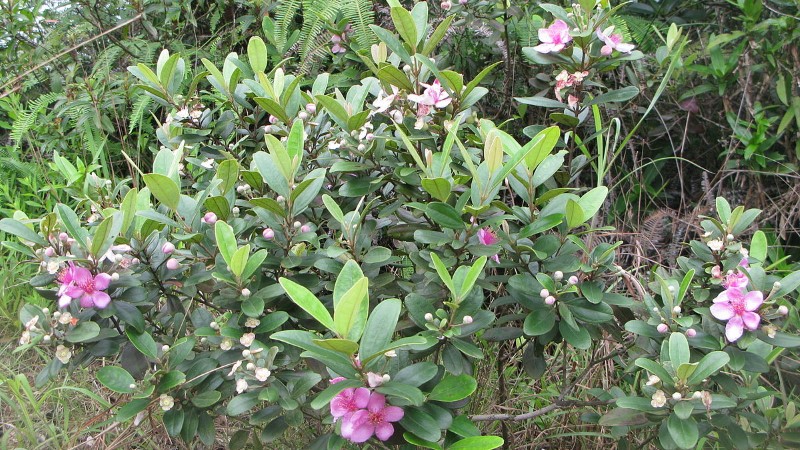 Origin and Meaning of the Sim Tree
Origin and Meaning of the Sim Tree
Over time, the sim tree has gained popularity, and it is now commonly used as an ornamental plant. The sim tree is an excellent choice for landscaping, whether in gardens, compounds, or along fences, adding a touch of beauty to any space.
Growing naturally on hills and mountains without any human intervention, the sim tree symbolizes loyalty. The purple sim flowers evoke a sense of melancholy, representing long-distance love that endures despite the physical separation.
Characteristics and Classification of the Sim Tree
-
The sim tree has a small trunk covered in a thick layer of fur, growing to a height of 1-2 meters.
-
Its leaves are oval-shaped, measuring about 5-8 cm in length and 2-4 cm in width. The upper surface of the leaves is glossy, while the underside is a pale yellow with a furry texture.
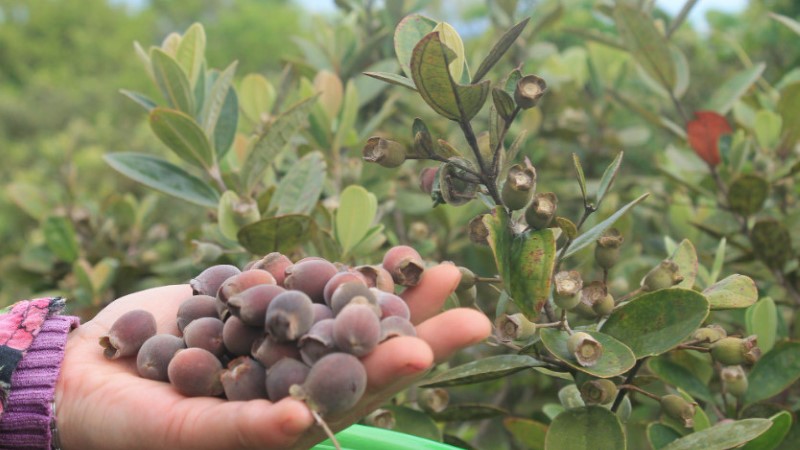 Characteristics of the Sim Tree
Characteristics of the Sim Tree
-
Sim flowers usually grow in clusters of three or singly, with stems ranging from 0.5 cm to 2.5 cm in length. Each flower typically has five egg-shaped petals, colored in shades of purple or pink, and measuring about 5-7 mm in length.
-
The sim fruit is initially green, turning black and soft when ripe, with a sweet taste. Inside the fruit are numerous seeds arranged in a flower-like pattern.
2 Benefits of the Sim Tree
Health Benefits
Various parts of the sim tree, including its roots, leaves, and fruits, are used as medicinal herbs with numerous health benefits. They are effective in treating pain, diarrhea, and bleeding. Additionally, herbal remedies made from the sim tree are used to promote blood circulation and support pregnancy.
Ingredient in Sim Fruit Wine
The sim fruit is commonly used to make a delicious wine with several health benefits, such as improving blood circulation, enhancing kidney function, and anti-aging properties.
 Sim Fruit Wine – A Mountain Specialty
Sim Fruit Wine – A Mountain Specialty
3 How to Grow and Care for the Sim Tree
Growing the Sim Tree at Home
-
Selecting Seeds or Cuttings: Choose sim trees with tall and large stems. You can even dig up wild sim trees from the mountains, as they grow abundantly there.
-
Ideal Temperature and Soil: The sim tree thrives in tropical and subtropical climates. It prefers well-drained, nutrient-rich soil but can also adapt to sandy, acidic soil or coastal saline soil.
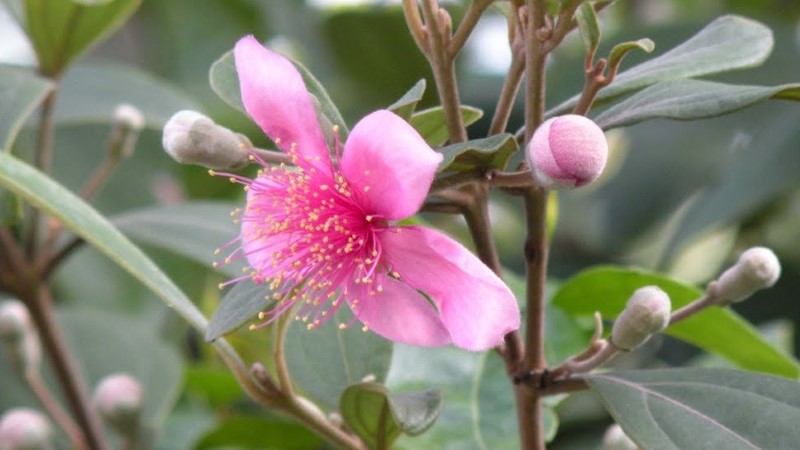 Growing and Caring for the Sim Tree
Growing and Caring for the Sim Tree
Caring for the Sim Tree
-
Water the tree twice a day, in the morning and evening, to help it adapt to its new environment. Since the sim tree is a wild species, it requires minimal care. Once it has taken root, allow it to grow naturally.
Notes on Growing and Caring for the Sim Tree
-
Water the tree moderately, avoiding overwatering, to prevent root rot and waterlogging.
-
Plant the tree in a sunny location to ensure its optimal growth.
3 10 Beautiful Images of the Sim Tree
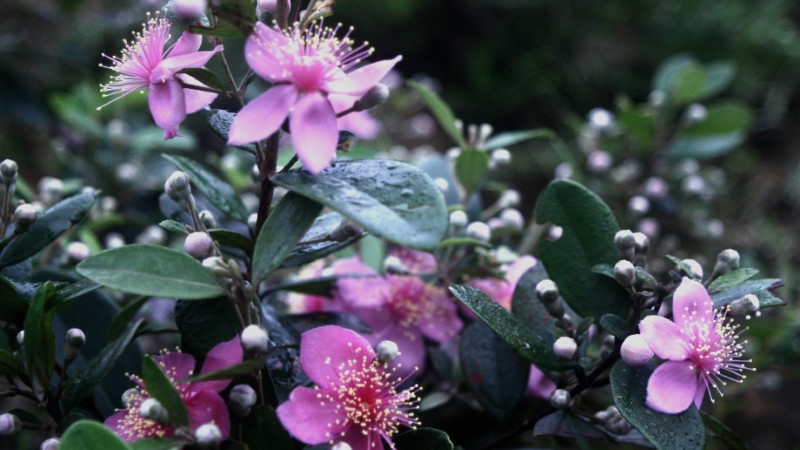 10 Beautiful Images of the Sim Tree
10 Beautiful Images of the Sim Tree
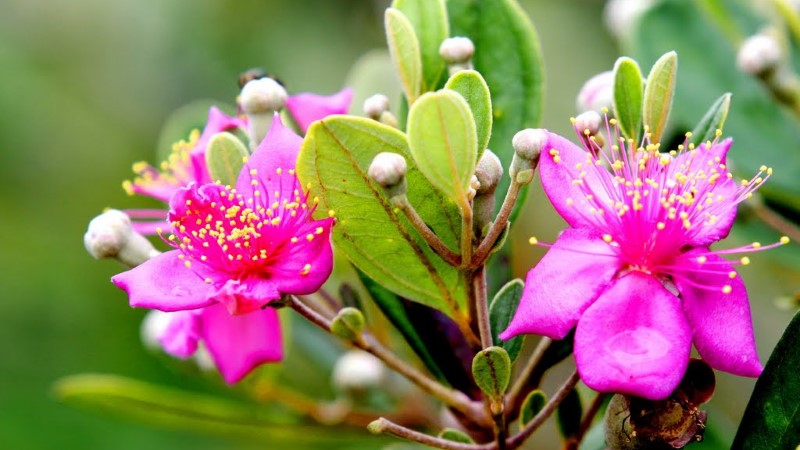 10 Beautiful Images of the Sim Tree
10 Beautiful Images of the Sim Tree
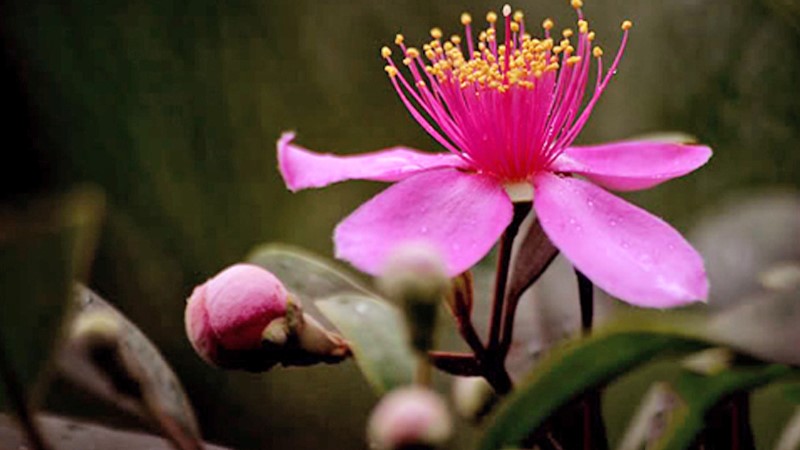 10 Beautiful Images of the Sim Tree
10 Beautiful Images of the Sim Tree
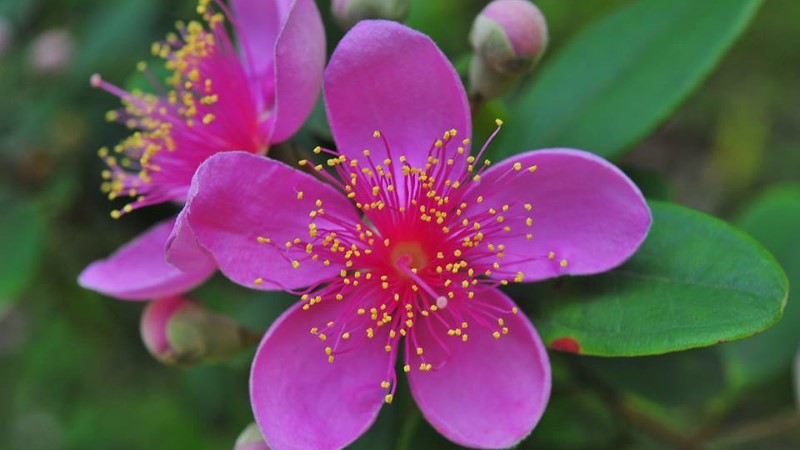 10 Beautiful Images of the Sim Tree
10 Beautiful Images of the Sim Tree
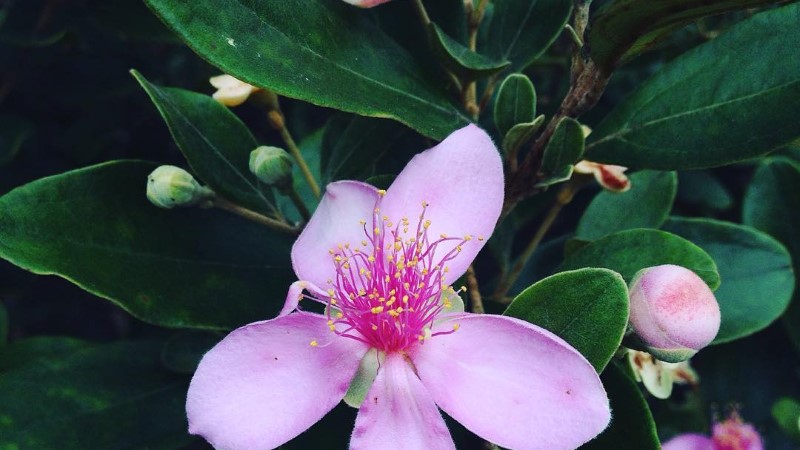 10 Beautiful Images of the Sim Tree
10 Beautiful Images of the Sim Tree
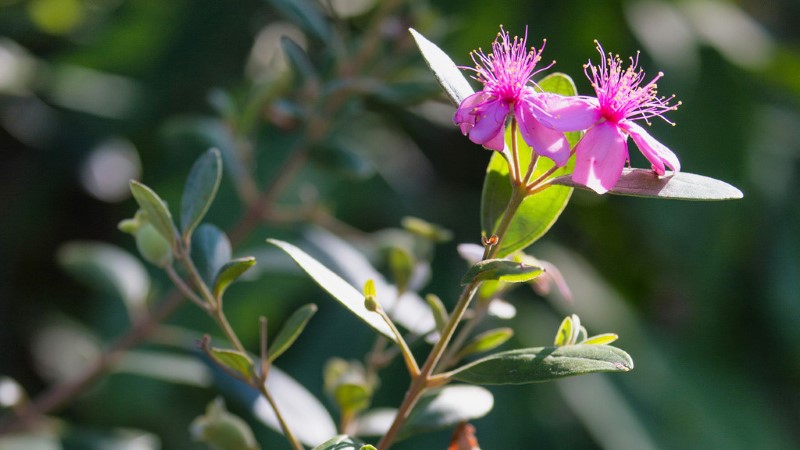 10 Beautiful Images of the Sim Tree
10 Beautiful Images of the Sim Tree
 10 Beautiful Images of the Sim Tree
10 Beautiful Images of the Sim Tree
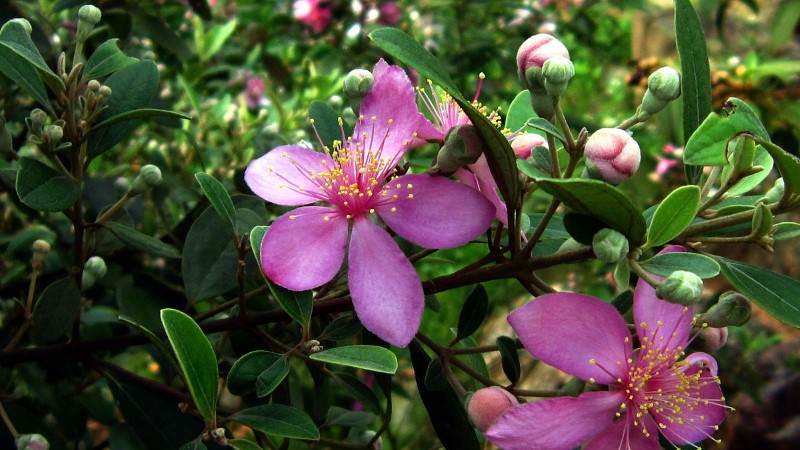 10 Beautiful Images of the Sim Tree
10 Beautiful Images of the Sim Tree
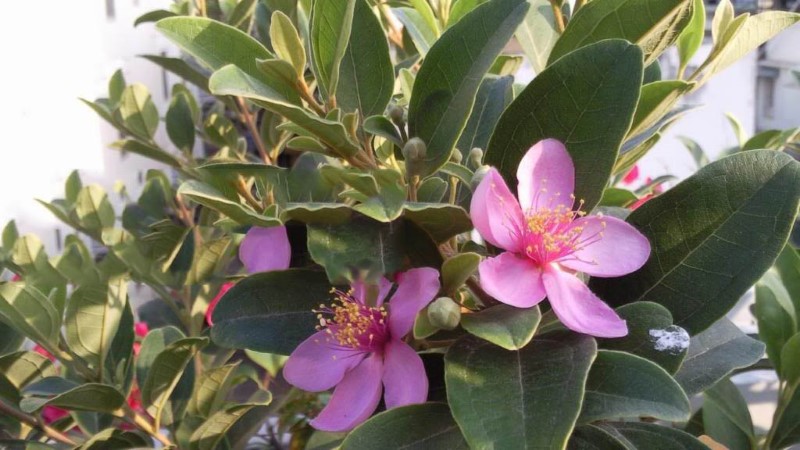 10 Beautiful Images of the Sim Tree
10 Beautiful Images of the Sim Tree
The sim tree is not only aesthetically pleasing but also offers a range of health benefits. We hope this article has provided you with valuable insights into the meaning, cultivation, and care of the sim tree.




































